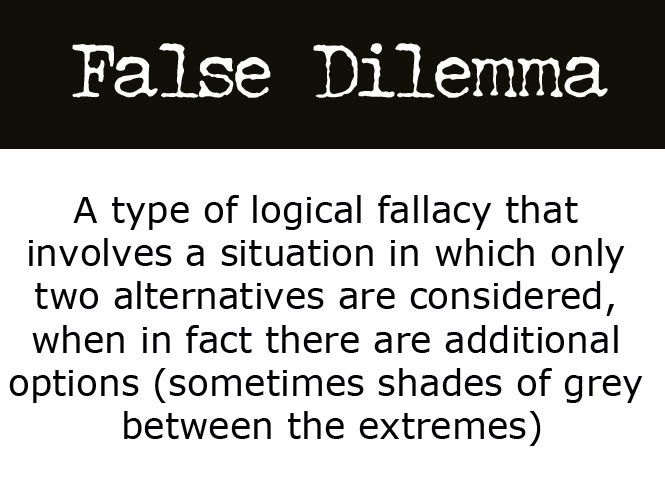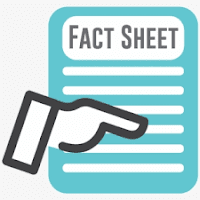“False Dilemma”: A Thinking Error in Children on the Autism Spectrum

Would you, as a parent, say your youngster with Asperger’s (AS) or High Functioning Autism (HFA) does any of the following: Judges himself as strong or weak, smart or stupid? Looks for too much certainty in a world full of uncertainty? Over-monitors his decisions as right or wrong, good or bad? Reacts emotionally when things don't look right? Thinks in terms of extremes (i.e., all or nothing, black or white)? If so, then your child may be experiencing a “false dilemma." In other words, she believes she is stuck in an awful predicament, when in reality, she is not. When AS and HFA children fall victim to a false dilemma, they have mistakenly reduced an entire spectrum of possibilities down to the two most extreme options, each the polar opposite of the other without any shades of grey in between. Often, those categories are of their own creation, and they are attempting to force the world to conform to their preconceptions about what it should look like. A
